As I understand:
- A port designates a program on the server.
- When we say
to share a port, it actually meansto have the requests processed by the same program listening on that port.
The WebSocket handshake resembles the HTTP format, so it can be understood by the server program that handles HTTP protocol. So it's OK to send the handshake request to port 80.
But after the handshake, the WebSocket data format is totally different from HTTP format, how could it still be sent to port 80? Such as via URL like below:
ws://somehost:80/chat
How does it work out?
My guess:
Does the HTTP program see that the incoming request on port 80 cannot be handled as HTTP, and then it will pass it to WebSocket program to process it. If so, what if there's some other protocol that wants to share port 80, say WebSocket2, how could HTTP program know which protocol to pass on to if there's not a way to identify the protocol being used.
ADD 1
Based on jfriend00's reply, I draw the following diagram:
So WebSocket and HTTP traffic in the same browser are actually carried out through different socket connections. Though they both start by connecting to server's port 80.
I think if the word WebSocket doesn't contain a socket in it, it will be easier to understand it as just another application level protocol over TCP protocol.
ADD 2
I refined the above diagram to below based on jfriend00's further comments.
What I want to show is how WebSocket communication and HTTP communication to the same server coexist in a browser.
ADD 3
After reading this thread, I recalled that the server port doesn't change when server accept a connection: Does the port change when a TCP connection is accepted by a server?
So the diagram should be like this:
The TCP connection for HTTP and the TCP connection for WebSocket should be using different client ports.


